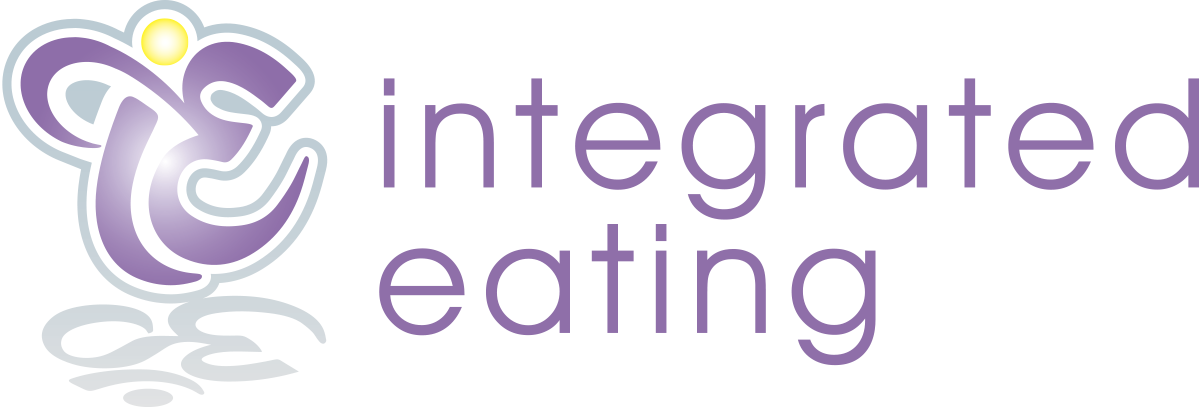Do you ever wonder about how the fitness industry works?
Have you ever thought about gyms, health clubs, and gyms as an industry?
With over 121,000 health/fitness clubs in the United States, fitness is a major, mainstream industry[1]. In 2023, it generated 36-Billion-dollars in revenue (not including community rec facilities, or gyms in other venues like hotels) [2].
Of course, people can—and do—have balanced, nurturing, communal experiences in fitness centers.
Sadly, such experiences seldom comprise a gym’s profit center.
What powers the industry’s abundant presence and profitability? The answer is in plain sight—and simultaneously hard for most of us to recognize.
The fitness industry:
Normalizes, glorifies, and fosters contrived relationships with exercise, movement, and bodies.
Grooms members to embrace and deepen unnatural relationships with their bodies and themselves.
Strives to hide the methods and consequences of their business; often successfully.
Why does the industry operate this way? Because hooking people on disordered and distorted exercise is very profitable.
Fitness industry operations share some dynamics with the purveyors of alcohol and other potentially addictive substances. In fact, we often marvel at how some fitness brands could pass for street drug names; Orange Theory, Peloton, SLT, Equinox, Pure Barre, 24hour, F45.
My last blog (Living in the Soul-less Cycle) discussed how ego-syntonic experiences (ones that incorporate thoughts, wishes, impulses, and behaviors that are compatible with our ego or conscious self-concept[3]) are pleasurable—while also being helpful or harmful. The help or harm depends on our relationship with those experiences.
Our experiences and relationships are complex, subtle, and not always clear. We may not reflect, recognize, or consider their consequences—good and bad.
Unfortunately, when we don’t reflect on, recognize, or consider fitness environments, the industry benefits. For instance, ponder this Business Insider magazine headline:
Fitness influencers lure followers by disclosing the steroid use behind their muscle gains. They're not as honest about serious long-term health risks[4].
What happens when we get hooked? In the name of health, fitness and wellness, we’ll:
Be tempted by fantasies of connection and community.
Chase fabricated exercise highs.
Be applauded for obsessive and addictive behaviors.
Be applauded for obsessive and addictive thoughts.
Experience withdrawal crashes when you can’t exercise.
Experience high & crash cycles that compel more exercise, ASAP.
Feel virtuous when using it.
Want others to use it along with you.
Question or feel superior to people who don’t use it like you do.
Buy and display the gym’s clothing and gear.
Prioritize the gym staff, instructors and “regulars” over other parts of life.
Prioritize the gym staff, instructors and “regulars” over yourself.
Apologize when you feel that you didn’t prioritize them.
Feel guilty when they shame or punish you for not “prioritizing” them.
Idealize them even after they shun/reject you.
Judge your insides by their outsides.
Practice more and push yourself harder to feel like you’re still part of their crew.
Ignore your body and boundaries to feel like you’re still part of their crew.
Return for more abusive treatment.
Talk the talk and walk the walk.
Trust their promise to give you a new and improved body—as long as you don’t leave.
Trust their promise that you’ll find a new life and soul—as long as you don’t leave.
Trust their promise to give you a better social standing—as long as you don’t leave.
Get tired of this gym—and jump to one that looks different, trendier, “better,” or more popular.
They will gaslight us with guilt and shame to get us to feel like we need them. We will believe them.
When I developed my Free Your Fitness program to help people with exercise addiction, I knew we were on to something. I also gained greater insight into how profoundly mainstream fitness is broken.
Insights generate questions and challenges. For instance:
Fitness culture is everywhere.
You can run, but you can’t hide for long.
It’s not enough to simply walk away from it.
How can we continue to tolerate its poisonous and punitive practices?
It’s not enough for me to sit in my office and treat those who have already suffered the damage.
It’s not enough to recover from the addiction, the compulsion, the shame.
Analysis without action is insufficient—and irresponsible.
It took me too long to see the width and depth of toxic fitness culture. Moving on my lone yoga mat, nature runs, online HIT classes, and basement bike sessions, I inadvertently avoided some painful realities.
I talked and wrote about fitness culture. I kept treating victims of it. But it wasn’t yet personal.
That shifted while researching and writing a book about exercise addiction. My individual, embodied research experiences made it personal.
Never again do I want to feel like I did in Jack’s SoulCycle class. And I certainly don’t want to feel that way about movement!
My life experience teaches me that my relationships to movement can lift me up, increase my vitality, add to my wellbeing and connect me to my sacred body.
For many years, I’ve worked to help others find safe spaces in sport, fitness, exercise and movement. It’s my mission now more than ever.
I am determined to shine a light onto the problems.
I’m also determined to help restore natural, sacred relationships to movement (including exercise) across our culture (including the fitness industry).
[1] IBIS World (2023). Gym, Health & Fitness Clubs Industry in the US - Market Research Report, Jan. 10, 2023. https://www.ibisworld.com/united-states/market-research-reports/gym-health-fitness-clubs-industry/. (Accessed 7/25/23).
[2] Federal Reserve Bank of St. Louis Economic Research (2023) "Total Revenue for Fitness and Recreational Sports Centers, All Establishments." https://fred.stlouisfed.org/series/REVEF71394ALLEST. (Accessed 7/9/2023).
[3] APA Dictionary of Psychology (2018). Ego-syntonic, definition. American Psychological Association, Washington, DC. https://dictionary.apa.org/ego-syntonic. (Accessed Sept. 4, 2024.)
[4] Dodgson, Lindsay and Hosie, Rachel. Business Insider Jul 28, 2022. https://www.businessinsider.com/tiktok-fitness-influencers-steroids-downplay-risks-dangers-2022-7 (accessed 9-17-2024).

